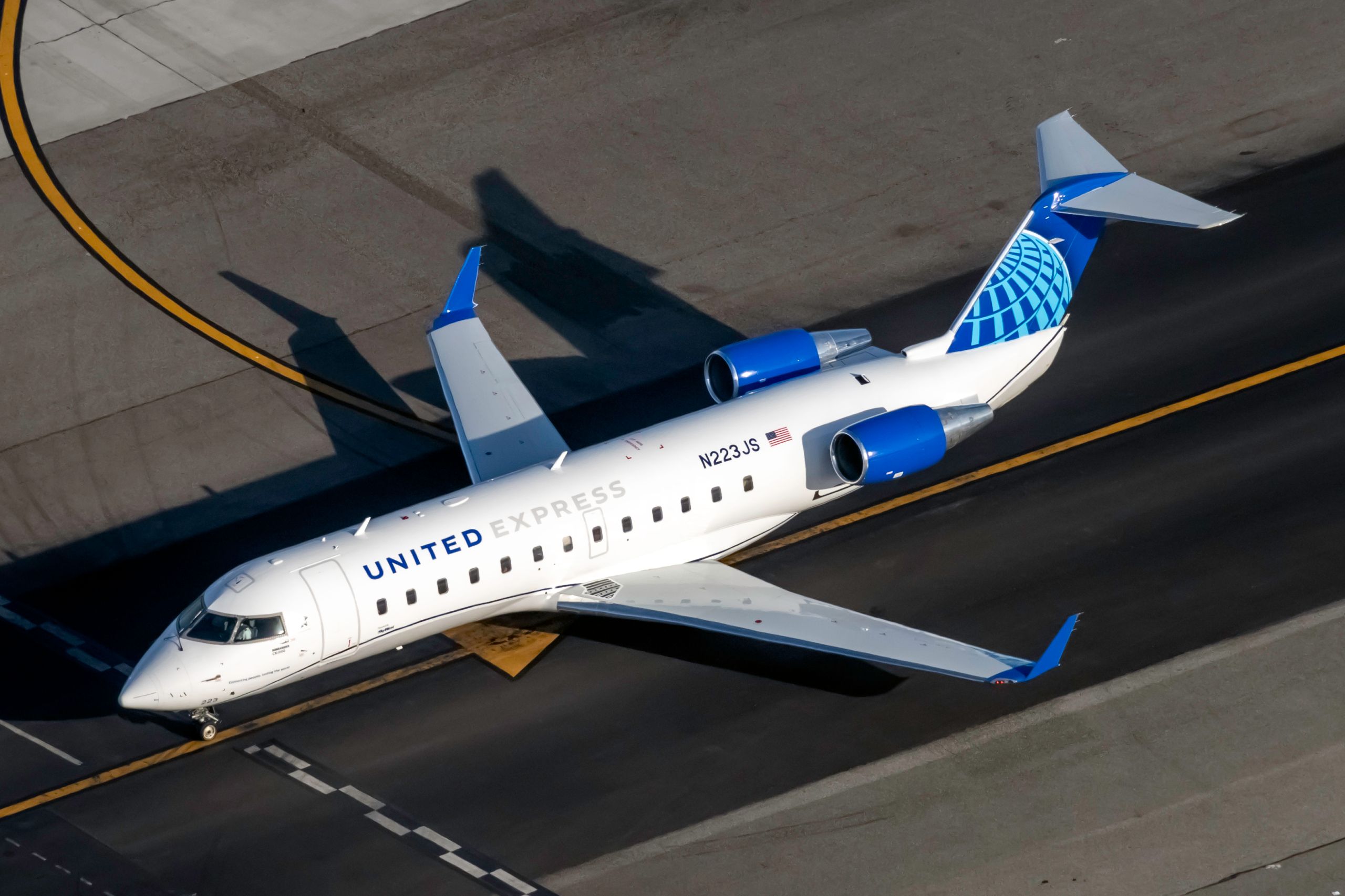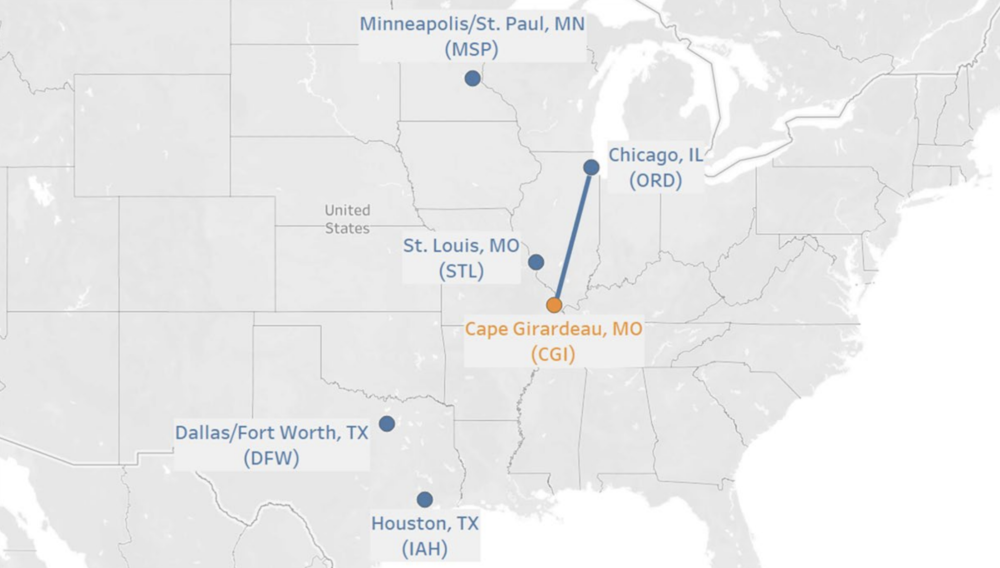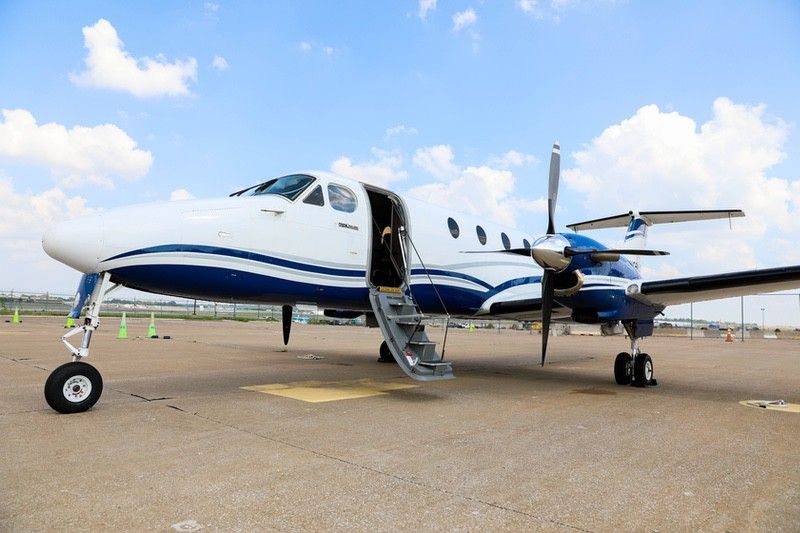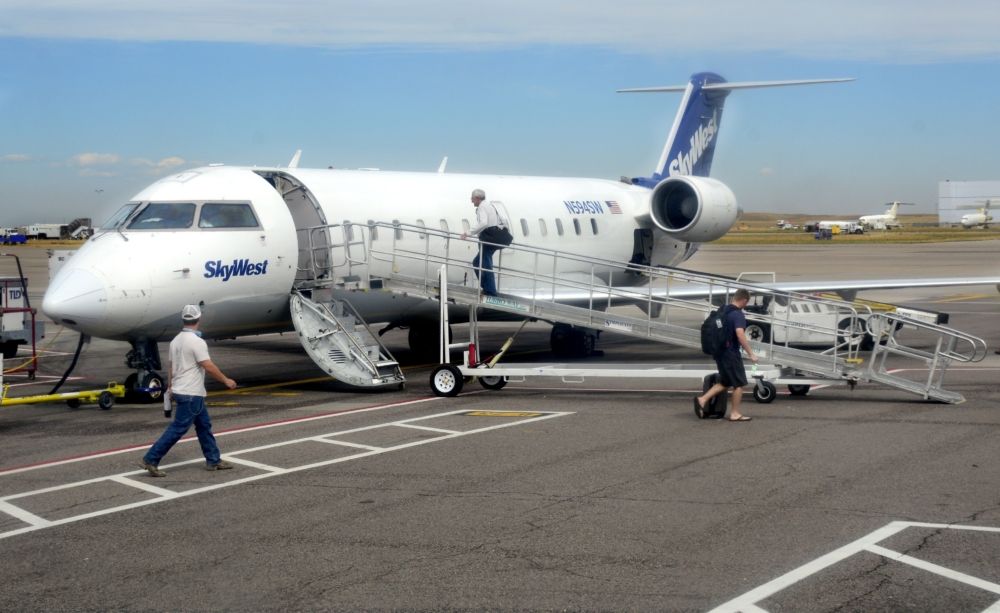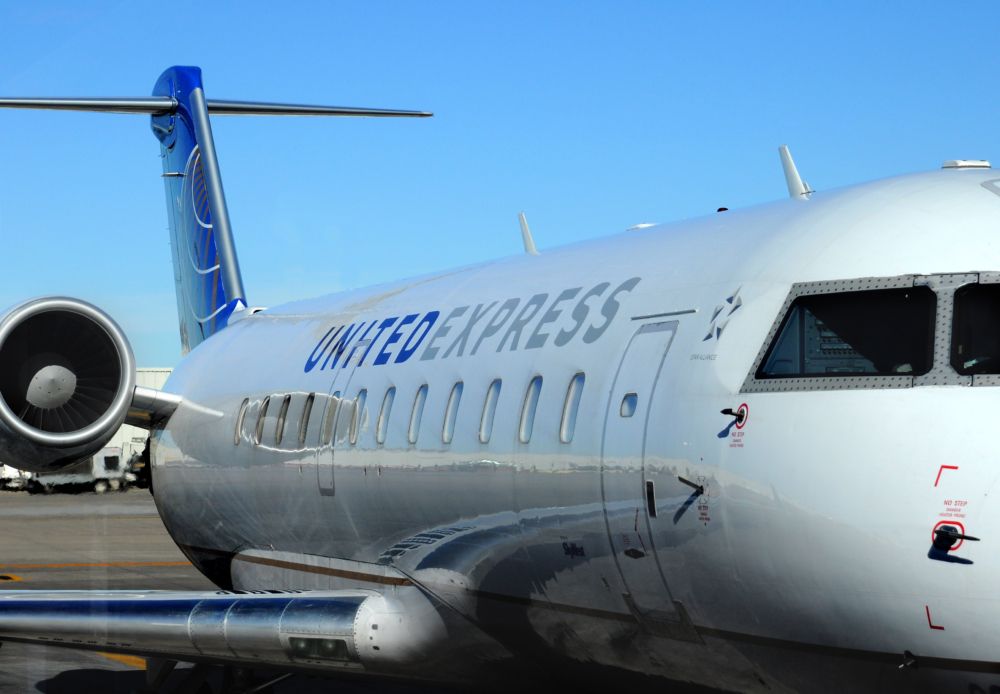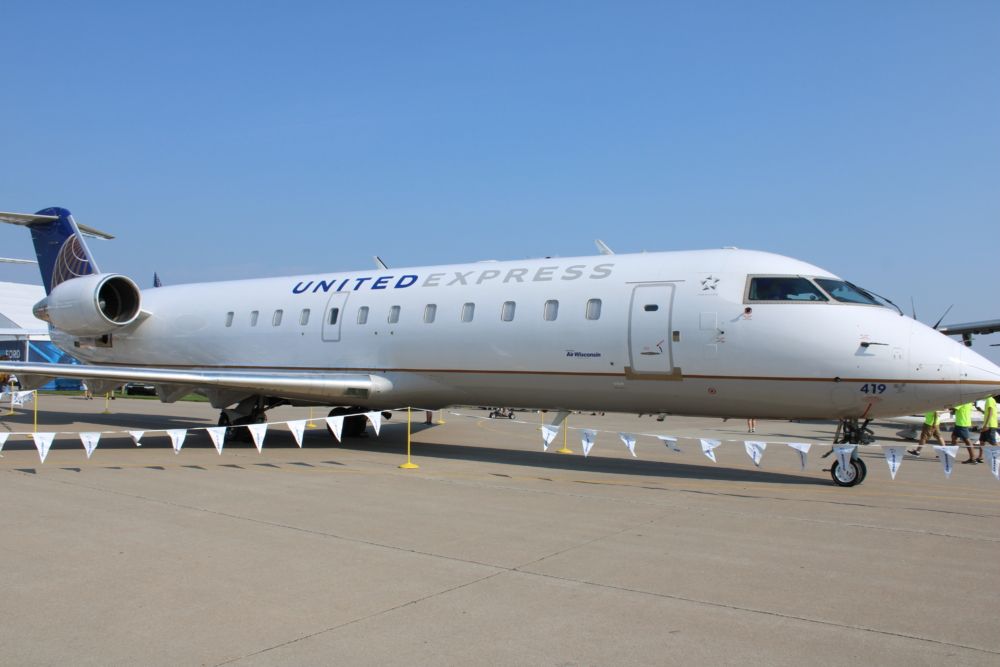The Essential Air Service (EAS) is a program run by the US Department of Transportation (DOT) to ensure smaller air communities in the United States receive air service. An airline that receives an EAS award receives federal subsidies, when necessary, and may also receive some support from the community to make air service work. Only a few weeks ago, the DOT awarded an EAS contract for service to Cape Girardeau, Missouri. Here is a look at the process through the decision surrounding Cape Girardeau.
A request for proposal
The story of Cape Girardeau starts on April 15th, 2021. The DOT issued a request for proposals for air carriers interested in providing Essential Air Service (EAS) at Cape Girardeau, Missouri starting on December 1st, 2021.
Under the request for proposals, the DOT asks airlines to provide an offer for service at Cape Girardeau Regional Airport (CGI). EAS proposals usually include a date by when proposals are due. The DOT indicated that the initial proposal airlines provide for this service should be their final and only proposal. However, there may be room for negotiation later if the DOT believes it necessary.
Air carriers may propose multiple service options. This includes different hubs or lengths of contract terms, though the DOT is looking for a specific amount of service. For example, at Cape Girardeau, the DOT expects EAS proposals to be consistent with current service, which is 12 roundtrips per week for 30-50 seat aircraft or 24 roundtrips for 8/9-seat aircraft.
Under the area map, the DOT indicates some potential hub services. At the time of the proposal, the airport currently saw service to Chicago O'Hare (ORD). Alternate options included Minneapolis/St. Paul (MSP), St. Louis (STL), Dallas/Fort Worth (DFW), and Houston (IAH).
Airline proposal: Air Choice One
The first proposal the DOT received came from Air Choice One. Multi-Aero, Inc., doing business as Air Choice One, was established in St. Louis in 1979. The airline sought to service commuter air services. Its current fleet includes the Beechcraft 1900C and Cessna Caravan 208B.
The airline services Burlington, Iowa (BRL), Jackson, Tennessee (MKL), and Jonesboro, Arkansas (JBR) as regional destinations. Cities are connected to the following hubs: Atlanta, Georgia (ATL), Chicago, Illinois (ORD), and St. Louis, Missouri (STL).
This information services to establish the airline's presence in the US and credibility to operate. For the flights to Cape Girardeau, Air Choice One proposed using a Beechcraft 1900C aircraft, which is a 19-passenger pressurized twin-engine turboprop.
The carrier proposed a two or four-year term of 24 total roundtrips per week. This was split between 12 roundtrips to St. Louis Lambert International Airport (STL) and 12 to Nashville International Airport (BNA).
Then came Air Choice One's financial breakdown. It expected to receive total operational revenues of $1,150,996 in a year. This was on total operating expenses of $3,986,797. This leads to an operating loss of $2,835,801. To reach a profit element of 5% of total operating expenses ($199,340), the airline required compensation of $3,035,141.
The airline broke down its necessary subsidies over four years to the following:
- Year 1: $3,723,000 ($1,011 per departure)
- Year 2: $3,834,690 ($1,042 per departure)
- Year 3: $3,949,731 ($1,073 per departure)
- Year 4: $4,068,223 ($1,105 per departure)
The airline also plans to extensively market its services and build a rapport with the community. The airline also provided a breakdown of its fare structure: Business, Everyday, and Go Your Way. Each comes with different baggage allowances.
Airline proposal: SkyWest Airlines
SkyWest Airlines was currently providing flights under the EAS program covering Cape Girardeau. As one of the largest regional airlines in the US, the carrier is a known presence in the US and flies to over 250 destinations across North America in conjunction with Alaska Airlines, American Airlines, Delta Air Lines, and United Airlines with a fleet of over 480 aircraft.
To serve Cape Girardeau, the airline proposed using a CRJ200. These planes seat 50 passengers in an all-economy configuration. SkyWest indicated it planned to keep the CRJ200 aircraft in its fleet for many years. It has 150 of the type in its fleet.
SkyWest's EAS proposal included plans to run the flights under the United Express banner from Chicago O'Hare (ORD). This is one of United's top hubs, with flights to destinations across the world.
SkyWest advertised that connections on United can go to points across the United States, into Canada, Asia, and Europe. Customers could make their way to destinations in Europe, Asia, and Africa on United's partners.
Under its EAS bid, SkyWest proposed 12 roundtrips per week using the CRJ200. Expecting to fly 29,000 passengers in a year with an average fare of $92, the carrier expected total revenue of $2,668,000.
With marketing costs of $20,000, direct operating expenses of $4,347,369, passenger-related expenses of $118,879, depature-related expenses of $190,199, and capacity-related expenses of $190,199, the airline expects its total expenses to reach $5,841,155.
This comes out to an operating loss of $3,173,155. With a 5% profit margin of $292,058, the airline indicated an annual subsidy requirement of $3,465,213.
Community comments
The DOT then reached out to the local community. After receiving the two proposals, a representative of the DOT reached out to local officials in Cape Girardeau to ask for their input.
The Airport Advisory Board and Airport Administration at Cape Girardeau then reviewed both proposals. After a rigorous examination, the two bodies agreed it would benefit most by continuing scheduled air service with SkyWest Airlines under the United Express banner.
The DOT selects an airline
Finally, on August 12th, 2021, the DOT officially announced it had selected SkyWest Airlines, under the United Express brand, to provide EAS at CGI. The DOT indicated an annual subsidy rate of $3,465,213.
There are five factors the DOT looks for when making an air carrier selection for communities not in Alaska:
- Service reliability of the applicant air carrier
- The existence of contractual and marketing agreements with a large air carrier at the hub
- The existence of interline arrangements with a larger air carrier at the hub
- Preferences of the actual and potential users of the EAS, giving substantial weight to the views of the elected officials representing those users
- Whether the air carrier has included a plan in its proposal to market the EAS
SkyWest met the criteria, but it also provided the capacity the airport was looking for. While Air Choice One's proposal would have represented savings compared to SkyWest's, the latter had the benefit of working with United Airlines for connecting services out of Chicago.
SkyWest received the EAS contract from December 1st, 2021, through November 30th, 2024, at its annual subsidy rate. Through this service, Cape Girardeau will continue to receive air service to a major hub, and local residents will be able to connect to points across the world.
What do you make of the EAS proposal and process? Let us know in the comments!

